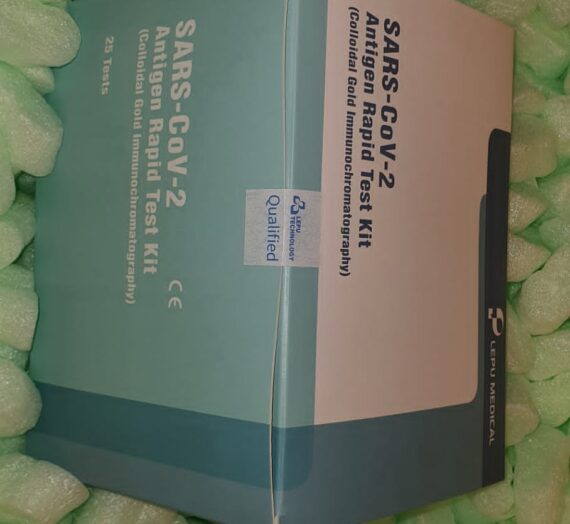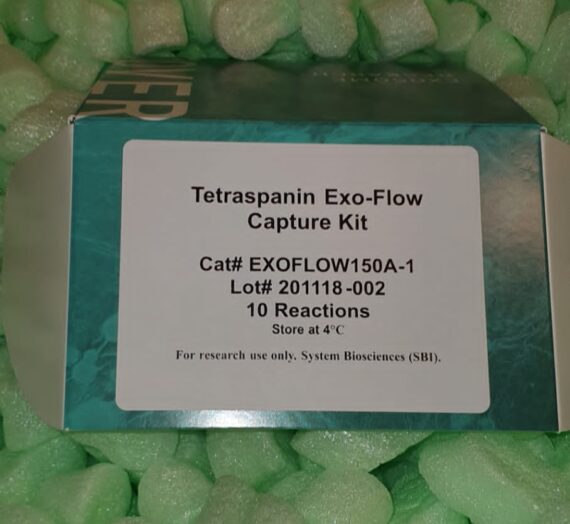The CRISPR / Cas9 technology has revolutionized the world of genetic engineering because of its ability to overcome the limitations of other art techniques recently developed. This novel genomic editing tool significantly improves efficiency in that it allows processes to be scaled at a reduced cost, allows the introduction or removal of more than one gene at the same time and is not species-specific, which makes it possible to use it in practically any organism.
The CRISPR / Cas9 technology originates from an immune response system adapted from prokaryotic organisms, which is based on using non-coding RNA as a guide for Cas9 nuclease to induce cleavages at specific points in DNA.
This genomic editing tool consists of two key components:
1.- A non-specific endonuclease (Cas9)
2.- A short sequence of RNA (gRNA) that acts as a guide for the endonuclease to bind to a specific sequence in the genome where it will exert its action.

Crispr / Cas9 Technology Applications
Although CRISPR / Cas technology was originally designed for the generation of knock-out organisms, the versatility and possibilities of modifying the Cas9 enzyme have considerably expanded the range of applications of this tool, among which we can highlight the following:
- Knock-out generation
The genomic target can be any DNA sequence of approximately 20 nucleotides, provided that this sequence is unique compared to the rest of the genome, and that the target is found immediately after a PAM motif (Protospacer Adjacent Motif).
- Selectively activate or inhibit target genes
One of the characteristics that allows the flexibility of the CRISPR / Cas9 system is that the ability of the Cas9 enzyme to bind to the target DNA is independent of its ability to cut it. Both nuclease domains (RuvC- and HNH-) can be inactivated by specific mutations, giving rise to the nuclease dCas9, without activity to cut the DNA but maintaining its ability to bind to the target DNA depending on the sequence of the gRNA. This inactivation in itself may be sufficient to inhibit transcription by blocking its onset. Additionally, the dCAs9 enzyme can be coupled to specific inhibitors or activators in order to obtain more robust results.
- Purify specific regions of DNA
Based on the concept of the ChIP technique (Chromatin Immunoprecipitation), ChIP (Chromatin immunoprecipitation mediated by DNA binding molecule) has been developed, which allows the purification of any genomic sequence specified by a specific gRNA.
- Visualization of DNA in living cells by fluorescence microscopy
By fusing a dCas9 to a fluorescent marker such as GFP, the enzyme can be transformed into a customizable tag that allows detection of a specific DNA sequence in living cells.
How To Plan An Experiment With Crispr / Cas9 Technology?
1º.- Select the genetic manipulation of interest
Different types of genetic manipulation require different CRISPR components. Then we leave you a table with the components depending on the application of interest:
2º.- Select the expression system
To use a CRISPR / Cas9 system, both components (gRNA and Cas9) must be expressed in the target cells. The expression system will depend on the specific application.
3º.- Select the target sequence and design the gRNA
The steps to follow are:
- Choose the species and cell line. The genomic sequence used to design the gRNA will depend on the gene of interest as well as the species to which the cells belong.
- Select the gene and the target region. It is necessary to identify the genomic sequence of the target gene, although the exact region of said gene will depend on the specific application:
- Activate / inhibit genes: The gRNA should be directed to the expression promoter.
- Knock-outs: gRNA targets exons
- Genomic editing: The gRNA will target a sequence close to the area to be edited.
- Selecting the gRNAs: For the gRNA to bind to the DNA, the existence of a PAM sequence is absolutely necessary, therefore it will be necessary to previously identify all the PAM sequences within the target region. It is also necessary to analyze the rest of the genome for possible homologies of the target sequence to avoid unspecific junctions.
- Synthesize and clone gRNAs.
- Delivery of gRNA and Cas9. The delivery method will depend on the expression system that has been selected.
- Validation of genome editing. The method for validation will depend on the specific application, although there are some general verification routes based mainly on PCR, electrophoresis and sequencing.
CRISPR / Cas9 technology has brought about a true revolution in the field of genomic editing, providing a flexible, simple, highly specific and low-cost method that democratizes the use of genetic engineering in different sectors.
If you are thinking of incorporating this technology into your line of research, there are specific kits with all the necessary components for the application of CRISPR / Cas technology and detailed protocols for its correct use.
Do not hesitate to contact us to answer any questions regarding this new technique.




